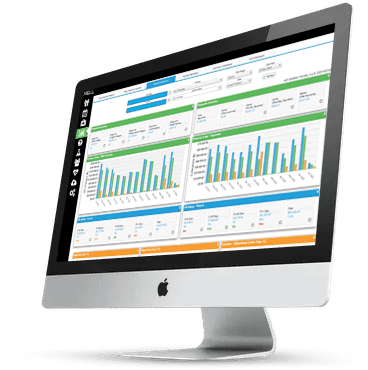Hospitals need “precision experiences” for individuals to feel they’re being seen and heard, says Dr. Adrienne Boissy, Qualtrics CMO and Cleveland Clinic staff neurologist.
Many Americans appear to be rolling the dice on their health, with a new Aflac survey showing that about one in four regularly skip checkups because they feel healthy in the moment. The Wellness Matters survey, conducted among 2,001 employed adults in the U.S., examines attitudes, habits and opinions about health and preventive care.
Franklin, Tennessee-based Health Connect America, with locations in Big Stone Gap and Culpeper, Virginia, has agreed to pay more than $4.6 million to resolve allegations that it billed Virginia Medicaid for services not provided, according to the U.S. Department of Justice.
The National Association for Home Care and Hospice has filed a lawsuit against the Centers for Medicare and Medicaid Services and the United States Department of Health and Human Services, challenging the validity of a change in Medicare home health payment that NAHC said reduced rates by 3.925% in 2023, with significant additional cuts expected […]
Healthcare companies and health-centric product manufacturers have seen job cuts in their industry increase 97% since the first six months of 2022, ranking it fourth among all industries in terms of the number of job cuts during the first half of this year.
The biggest danger is validating the data so that it’s not a question of “garbage in, garbage out,” says Dr. Stephen Dolter, CMIO for Omaha’s Children’s Hospital & Medical Center.
Hospitals in the 340B program will get $9 billion under a proposed rule to make them whole in a lump sum payment, according to the Centers for Medicare and Medicaid Services.
Many hospitals are facing a cash shortage brought on by labor costs, inflation and the continued struggle to recover financially from the pandemic. Literally three times a day, Plante Moran’s Duane Fitch said he hears from healthcare systems that are on the verge of violating their financial covenants with lenders. Fitch is a national healthcare […]
Dr. Kristi Henderson is leaving her role as CEO of Optum Everycare to take on the role of CEO at Confluent Health, a group of physical and occupational therapy companies. Henderson has already begun work in her new role. Confluent Health’s Founder and CEO, Dr. Larry Benz, will take on an expanded position as executive […]
Mike Alkire, president and CEO of Premier often advises health system executives. In fact, Alkire and the group-purchasing organization advise an estimated 4,400 health systems and 250,000 providers in the United States. “If I were running a healthcare system, I would consider thinking about being a retailer,” Alkire said. Along with making a hospital appealing and convenient, he said, “I […]

